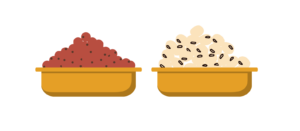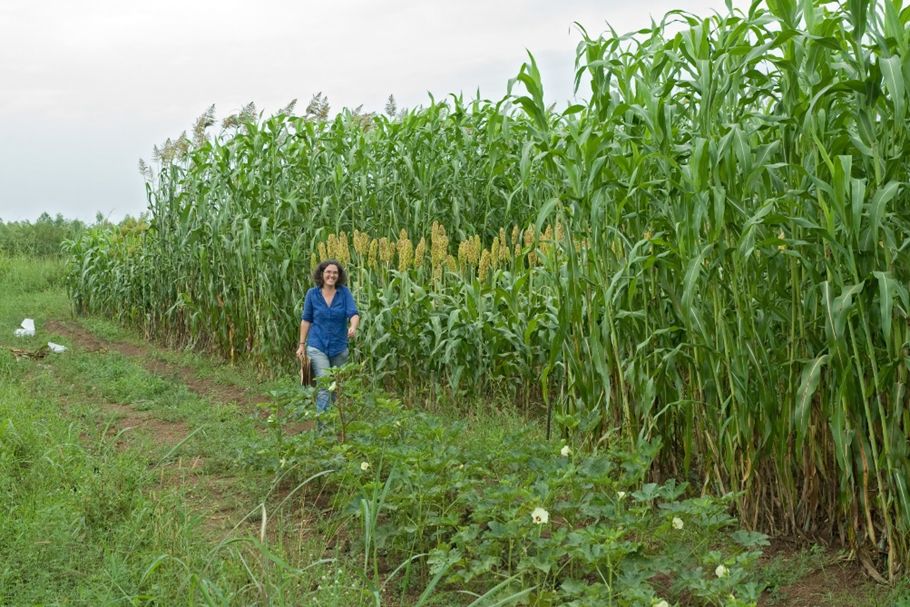Multiuse

Myriam Adam is an agronomist specializing in crop systems and modelling within CIRAD – a French organism in charge with agronomic research and international cooperation focusing on the sustainable development of tropical and Mediterranean regions.
A current resident in Cambodia, where she carries out experiments on rice, the researcher worked several years in Africa, where she studied sorghum and how to bring more genetic variety into the crop. We asked her to describe sorghum in one word.
“Multiuse”, she answered without hesitation.
Dual-purpose Sorghum
In Western and Central Africa, sorghum is mostly grown for its kernels, for food use. It is a subsistence crop. However, work has been carried out increasingly on transforming the plant into a dual-purpose crop, so that it could also be used to feed animals. “We are trying to select varieties that produce both grains and feed, and combine good grain and stalk traits”, Myriam Adam explains.
In Burkina Faso, red sorghum or germinated millet are fermented and boiled to brew an ancestral type of beer: the dolo.

Sorghum Paired with Other Crops
During my research on genetic diversity of sorghum, one of the first things I noticed was the plant’s ability to adapt to various environments, cropping systems, and agronomic practices. This makes sorghum a good candidate to being grown in combination with other crops.
Although crop rotation is little used in Africa, local farmers often combine crops – especially with niebe, a legume that is very much used on this continent. Growing two crops together helps to improve soil fertility and provides higher yields to farmers.
 Crop Modelling
Crop Modelling
Myriam Adam works with the local farmers to observe how they work in the field, then models their crops. “We make sorghum grow virtually, in our computer: we know the plant’s physiology, we turn it into equations, and we simulate the crop’s behaviour against various climates, soils, and agronomic practices (planting date, fertilizer treatments, sorghum’s response as a single crop vs. as a combined crop, etc) and we analyse the virtual results.”
.

Portrait
After a Master’s degree in water management, in the U.S., and a first work position in Europe, several research opportunities brought Myriam Adam to a crop modelling paper in the Netherlands, before taking a post-doctoral1 job in Kenya. Myriam was hired by Cirad in 2012, to work on crop system diversification and currently works on sorghum in Burkina Faso (in a partnership with INERA – Institute for the Environment and Agricultural Research in Burkina Faso), as well as in Mali and Senegal.
1. A post-doctoral position is a post-doctoral contract aimed at providing better assistance to doctors during their professional transition towards perennial positions in public or private research.
Continue ?
International Agricultural Show – 2023:
Full House for Sorghum

Favourable Conditions for Good Sorghum Crop Establishment













